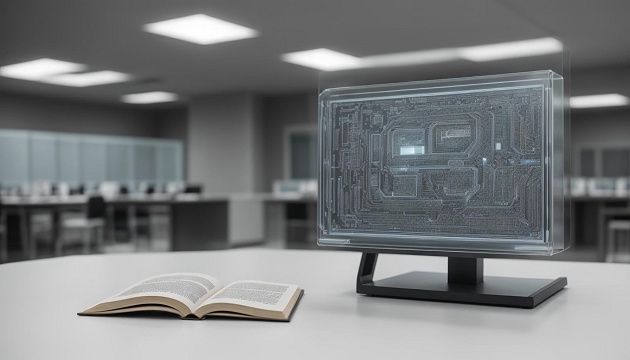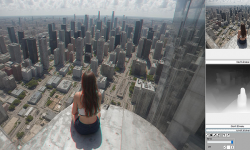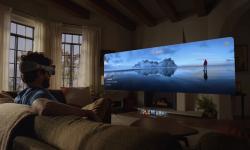It's actually quite simple: you have two eyes and each of them perceives the scene in front of you from a slightly different angle. This gives the impression of spatiality. But this disappears with conventional 2D photography or 2D films, because both eyes see the same image. In order to preserve the impression of spatiality, information must be contained in the image for each eye, and each eye must receive only the image that belongs to it.
What are 3D photographs
3D photographs, also known as stereo photography, create the illusion of depth and space. This effect is achieved by capturing two different views of the same object from slightly different angles, which actually simulates a situation where each eye sees the world differently. These two images are then presented so that each eye sees only one of the views, creating a three-dimensional impression.
How 3D movies work
They work in a similar way to 3D photography. 3D movies also create a spatial impression by using different views. Unlike photography, however - as with conventional film - the eye is presented with images in quick succession to create the impression of movement.
As each eye sees its own
In order for each eye to see its own image, 3D glasses are generally used. These can work on different principles, for example presenting separate images to the eye through two displays, colour filters or polarising filters.
3DJournal, January 2005





